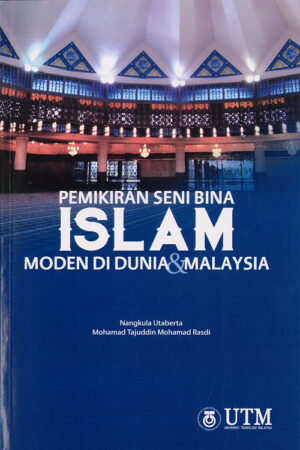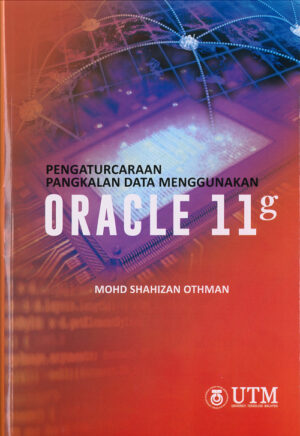Description
Issues regarding spray and atomization of liquid that occur in many industrial applications are crucial for many combustion systems. However, a full understanding of such process is still lacking. In order to have a better understanding of the phenomena, numerical modeling of sprays would be a valuable tool in designing and assessing the performance of the combustion systems. Most multiphase computational fluid dynamics (CFD) models are classified into two categories: Eulerian–Lagrangian and Eulerian–Eulerian models. Although Eulerian–Lagrangian models are traditionally the most common choice for modeling spray problems, they include a large number of empirical sub–models and hence are very sensitive to fine tuning and rely heavily on the experiments.
In this book, a newly developed mathematical model for calculating droplet break–up frequency based on both drag and turbulence induced fragmentation stresses is presented. The droplet break–up model was introduced into a CFD methodology based on the Eulerian–Eulerian approach, in which the mass and momentum conservation equations are solved for both phases. The CFD solver couples the population balance equation along with Navier–Stokes equations for tracking droplet diameters. The proposed mathematical model has the advantage of taking into account the effects of drag and turbulence stresses on the atomization process while abandoning the common disadvantages of current Lagrangian models. Numerical simulations were performed to model a coaxial air–blast atomizer using both the traditional Lagrangian model and the new Eulerian model.





